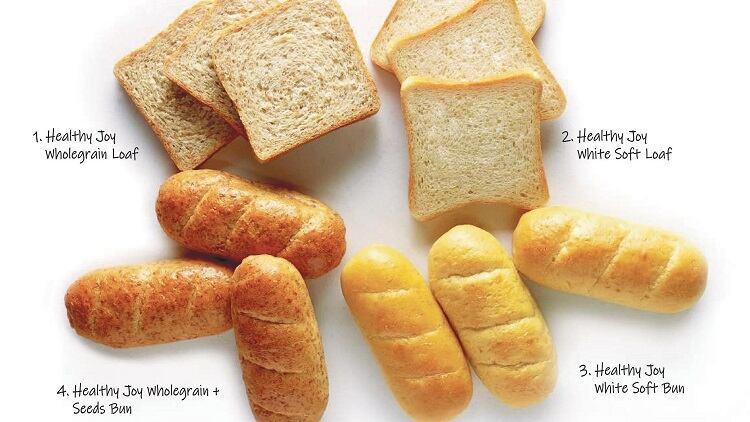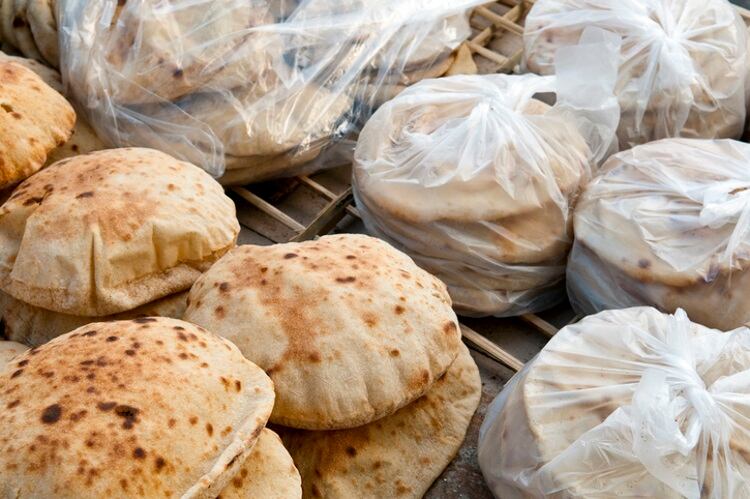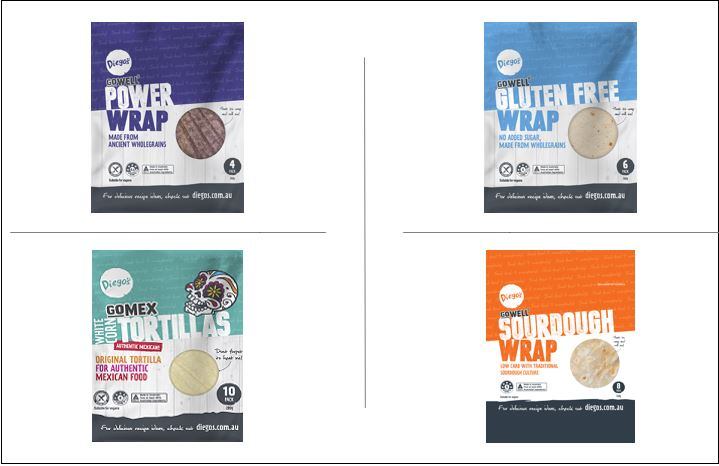The Healthy Joy range, launched by Nova, has a slow-carb system and a low glycaemic index (GI) of 35. It also contains Omega-9 oils.
Chief Business Officer of Nova Nicholas Cheong Peck Hiang said: “Food in Malaysia usually has a high GI and trans-fat content.
“We (Malaysians) all probably know relatives suffering from diabetes or heart disease. We need to change this.
“Nova started in 1989 as a retail pharmacy in Sungai Pelek (Sepang, Peninsula Malaysia), after which we ventured into the manufacture of herbal products, multivitamins, powdered beverages and food supplements. To date, we have around 70 products.
“The challenge for us was going from the supplement sector to lifestyle (food).
He explained that the R&D process took around four years, with products finally hitting the shelves at the end of last year.
According to Cheong, the challenge during the R&D process was balancing the palatability of a low GI formulation and mixing in of Omega-9 oils with the need to have higher nutritional value.
This is in addition to the slow-carb system which has to be ‘implemented’ in the breads.
The ‘slow-carb system’ means that a particular food product has been made with ‘slow carbs’, which is a unique formulation that is clinically proven to slow down sugar absorption.
With slow sugar absorption, blood sugar can be kept stable after the food consumption.
“Besides in-house discussions, we needed to educate the public on their expectations.
“For example, these low-GI breads are not fluffy like the bread they’re used to,” said Cheong.
The current Healthy Joy range features white, whole grain and seed, or sourdough loaves and buns.
The loaves, weighing approximately 300 grams, cost RM8 to RM15 (USD$1.90 to USD$3.60).
A single bun weighing 55 grams costs RM2 to RM3 (USD$0.50 to USD$0.70).
Consumers can purchase the bread at 900 locations today.
There are also plans to launch a croissant, version priced at RM20 (USD$4.80) for a pack of six.
In comparison, conventional white bread loaves and buns in Malaysia have a higher GI of around 50 and cost between RM0.50 to RM4 (USD$0.10 to USD$1).
“The health benefits and education you receive from understanding and consuming these breads outweigh the cost.
“Looking at the benefits, our price is affordable. Besides the middle to higher income stratas, we have consumers from the low income segment who are dealing with chronic diseases,” said Cheong.
Consumer trends for low-GI foods
GI measures sugar levels in the blood from the carbohydrates eaten, and high GI food can elevate blood sugar and insulin levels faster in the body.
Hence, the slower the rate of carbohydrate absorption into the bloodstream, the lower the rise of blood glucose level and the lower the GI value.
However, a typical Asian diet consists of high GI carbohydrates, such as white bread, white flour, semolina and wheat.
The lethal combination of the typical Asian diet and other factors results in Asia being considered the ‘epicentre’ of type two diabetes globally.
Specifically in Malaysia, type two diabetes is spreading at epidemic proportions, as suggested by this study.
Besides bread, Nova has planned to build a ‘food ecosystem’, with complementary food products to the bakes, such as low-GI coffee, jams and roselle spread by mid-2022 and pastries at the year-end. A low-GI bakery is also in the pipeline, added Cheong.
“It has been many years since diabetics could eat white bread, and that look on their face when they finally could with the ‘Healthy Joy’ bread line was amazing.
“Nonetheless, the consumers still require a lot of education in advocating for low-GI foods.
“Health shops and organisations are receptive to healthy bread, but we still need to invest in a lot of educating. The awareness is not here yet.
“I estimate we need another three to four years for the market acceptance of low-GI foods and the importance of low GI,” said Cheong.
Future growth potential
Nova has a factory in Sepang, a 30-minute drive from the Kuala Lumpur International Airport (KLIA), that spans five acres (2 ha) and has 150,000 square feet of manufacturing space.
It has been listed in the Malaysian stock exchange, Bursa Malaysia, since 2018 and charts a 15% revenue growth annually.
Its revenue is estimated to double in six years.
“It’s very exciting; it gives us a huge learning opportunity.
“Now, we are looking to expand to markets such as Singapore, Indonesia and Thailand; basically, expanding in South East Asia.
“We are in for a long journey ahead. Let’s surf the wave and move forward,” said Cheong.
“After the bakery, we will consider manufacturing gummies, plant milks and healthier noodles.
“This is the way forward for us as a health and nutrition company providing health products.”



